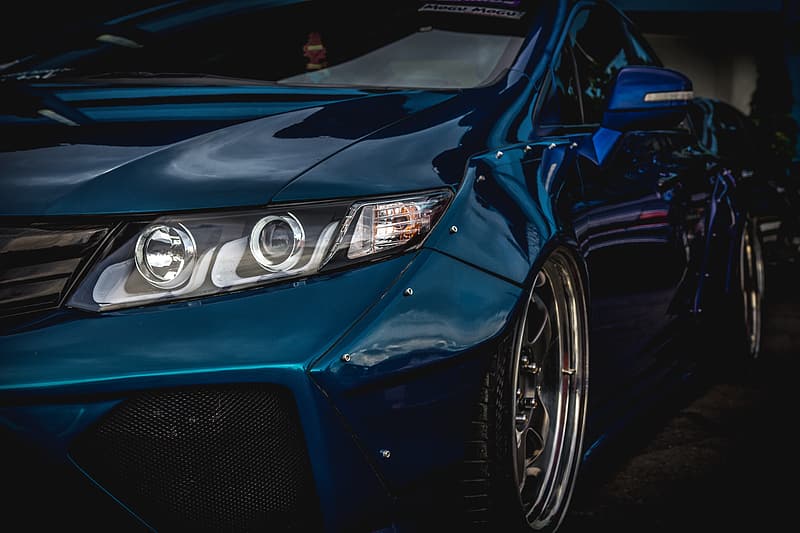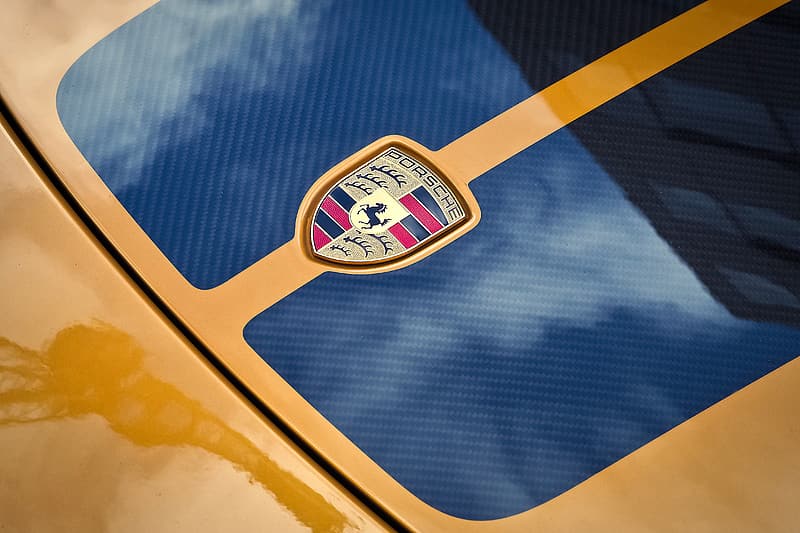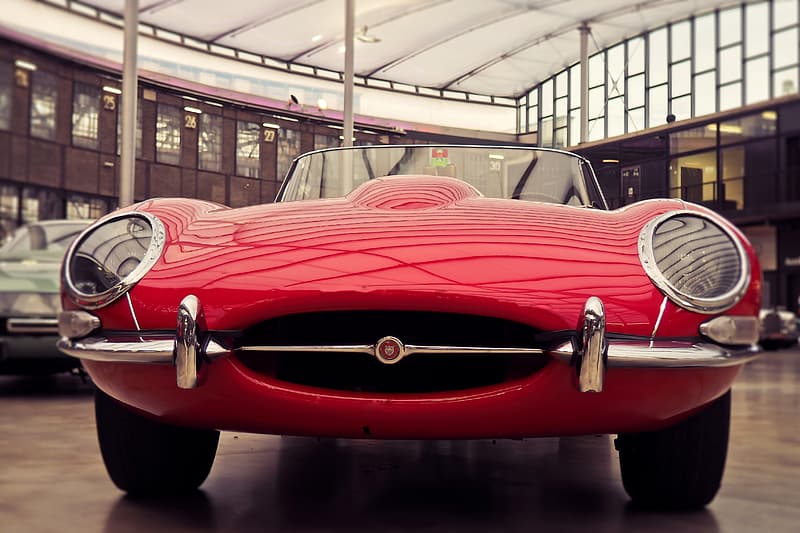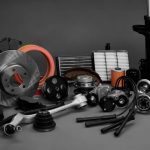From the Ladder to the Monocoque for Different Types of Vehicles
The chassis is often considered a part of the car you don’t need to pay particular attention to. Not many people know what it is and even fewer people care about it. Of course, we have no choice in selecting the chassis we want to fit on our car, but knowing the different types of car chassis will help you determine what potential your car has and what its limitations are.
Table of Contents
The four main types of car chassis.
The ladder frame
One of the oldest frames is the ladder frame, which takes its name from its shape and is very similar to a ladder. It has two central long and heavy beams which are supported by two short and equally heavy beams. The main strength of the ladder frame was the ease of manufacture. At the beginning of the automobile era, technology was not very advanced and the simplicity of the ladder frame made mass production easier. The ladder frame also facilitates the assembly of the car. However, it is a rather heavy car chassis and therefore still finds almost exclusive use in vehicles that have to tow heavy material.
Among its advantages is the fact that this car frame is easier to assemble since the parts can be easily assembled around a simple structure and it is also much easier to repair since the parts are not permanently fixed.
Among the disadvantages, however, we see that the ladder frame has a low torsional rigidity which makes it impractical to follow curves. The high weight makes it not ideal for sports cars or sedans.
The Backbone Frame
This car frame also gets its name from how it is built. It is a cylindrical tube with a rectangular cross-section that runs through the centre of the frame and connects the upper and lower suspension. In short, it has the shape of a backbone. The cylindrical tube covers the driveshaft, protecting it and making it resistant to damage. Among the advantages of this type of car chassis is the fact that thanks to the way it is built, the drive shaft has better contact with the ground during off-road travel. The drive shaft is covered by the frame which protects it from bumps and debris on the move. The structure has good torsional stiffness which allows it to withstand many more twists than the ladder frame. Among the disadvantages, we see that repairing the driveshaft is very complicated but also dangerous since the main frame covers the entire shaft. Even for minor repairs, we will have to open the vehicle’s shaft, incurring possible collateral damage. The production of the backbone frame is quite expensive, which increases the cost of the cars in which it is mounted.
The Monocoque Frame
It is a unibody structure, which also takes its name from its structural appearance: monocoque is the French term for “single hull”. The monocoque was used first by ships and then by aeroplanes. It took some time to understand that it could also be used in cars. A monocoque is a kind of shell that encloses the car. This is the most commonly used car chassis right now due to the number of advantages it has over the other two.
It is safer than both other types of car chassis due to its cage structure and is easy to repair. It also has a higher torsional stiffness than other types.
Unfortunately, however, the monocoque frame is obviously heavy as it is both the frame and the body in a single entity. Producing it in small quantities is not financially feasible and therefore it cannot be used for cars that are not mass-produced.
The Tubular Frame
Tubular frames have been used primarily in racing cars due to the unmatched safety they provide. These are an upgrade to the ladder frame as they are three-dimensional and more durable in structure and materials. Tubular frames are rarely used on passenger cars. This type of car frame has better rigidity than other frames of the same weight. It offers the best weight/stiffness ratio allowing the car to be light while being strong. It is also the best choice for racing cars due to its lightweight and better stiffness than other chassis.
However, tubular frames are complex structures and cannot be made with autonomous methods. They take a long time to build and cannot be mass-produced.
In conclusion, we can say that the type of car chassis characterizes the vehicle, as it should, and makes it stable and safe, suitable for the use we need to make of it.
Take a look at car chassis offered by Silux.
From ther same Category:
- Atmospheric Agents and Car Bodywork
- How to take your bike with you at all times
- Driving bumps? No problem: he’ll take care of it!
- Less Bulk in the Passenger Compartment of Your Car
- Car roof racks for adding functionality to your car
- Guide to Popular Types of Car Wipers
- Quick Guide on Universal Roof Bars For Cars and Car Bike Racks











